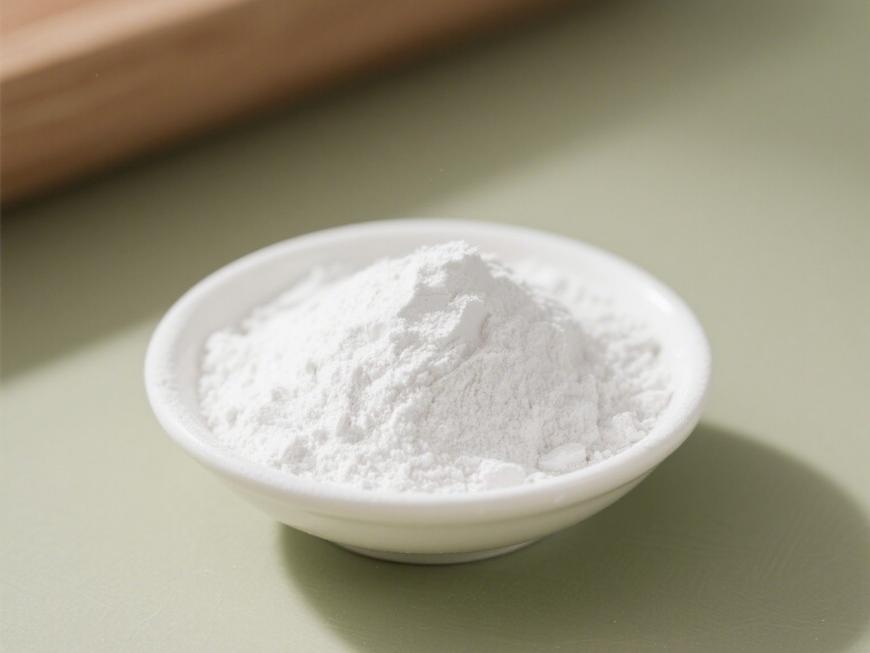変形性関節症におけるヒアルロン酸粉末の用途は何ですか?
ヒアルロン酸1934年にメイヤーとパーマーによって牛の目のガラスのようなユーモアから初めて単離された。グルクロン酸とn-アセチルグルコサミンを2糖単位とする高分子量多糖で、動物組織細胞に広く分布しており、体内の様々なマトリックスを構成しています。この20年以上、ヒアルロン酸とその誘導体は、眼科、耳鼻咽喉科、整形外科、一般外科などで広く使用され、満足のいく結果をもたらしてきました。
1高齢者における変形性関節症の治療におけるヒアルロン酸の応用
ヒアルロン酸粉変形性関節症の治療に40年以上使われていますendreとbalazsは、変形性関節症に対する粘弾性補充療法の概念を1960年代に初めて提唱した。その結果、変形性関節症に罹患したヒトとウマの関節滑膜液の粘弾性と衝撃吸収能力が、正常な関節液に比べて著しく低下し、保護機能と潤滑機能が低下することが判明した。粘補充療法は、粘弾性物質を補充して正常な関節滑液の流体力学を回復させ、正常な組織の再生と機能を促進させるものである[1]。過去20年以上にわたり、高粘度ヒアルロン酸の関節内注射は、変形性膝関節症の治療に広く適用されてきました。この問題については多くの文献が存在するが、結論は異なっている。wobigら[2]およびpatrellaら[3]は、変形性関節症の治療におけるヒアルロン酸と生理食塩水の有効性を比較するために、ランダム化二重盲検法を独立に採用し、全く反対の結果を得た。
Wobig found that のpaでrelief rate でweight-bearing activities was 39%–56% でのヒアルロン酸group at follow-up after 10–24 weeks, while only 13% でのsaline group. In contrast, Petrellのevaluated 120 患者使用のWOMAC score, VAS score, とfunctional improvement assessment, とfound that の効能ののヒアルロン酸group とthe saline group was similar, とno significant differences. Petrella [4] recently analysed the results のa randomised double-blind 臨床研究involving 106 患者and found that ヒアルロン酸の関節内注射 compared とplacebo showed significant differences in WOMAC scores and SF-36 scores, The authors further divided the hyaluronic acid 治療group into a 3-injection group and a 6-injection group, and found no significant differences in efficacy between the two groups. Sun et al. [5] conducted a prospective study using a healthy population aged 50 years as a control group to investigate the outcomes のhyaluronic acid 治療ためunilateral 膝退行性関節炎in the elderly. Follow-up at 6 months revealed that patients who received intra-articularhyaluronic acid injections experienced improvements in pain symptoms, 膝joint function, and balance, とeffects observable as 初期as one week and sustained ためsix months.
臨床的には、軽度の変形性関節症には粘液溶解療法が一般的に用いられているが、中等度から重度の患者にはほとんど適用されていない。yavuzerらはこのアプローチを試み、ケルグレンとローレンスのグレードiiまたはiiiの変形性関節症患者20人を用いて治療した架橋型ヒアルロン酸(ハイランg-f20)。平均年齢(63.2±4.4歳)。治療後1週間で、womacスコアは42.1±15.2から37.9±13.5に低下した。さらに、変形性関節症患者の歩行改善に対するヒアルロン酸関節内注射の効果を初めて分析した。その結果,「hy-lan g-f20」の関節内注射後,歩行時の膝の歩行が改善し,外反骨運動が減少し,体重を保持する能力が有意に向上した。barrettら[7]は、ヒアルロン酸療法による治療を受けた中等度から重度の変形性関節症患者248人のレトロスペクティブアナリシスを実施し、これらの患者がムコ多糖補充療法後に膝関節全体形成術やその他の臨床介入を回避したため、60.1%が臨床的成功を達成したことを明らかにした。
In addition to the above reports, recent scholars have conducted a comprehensive analysis のprevious literature on hyaluronic acid powder therapy for osteoarthritis. Theiler et al. [1] analysed 63 randomised 制御臨床trials and concluded that viscoelastic supplementation therapy demonstrated positive effects on pain relief, functional recovery, and patient self-assessment in 膝osteoarthritis, とpain relief rates ranging から11% to 54% and functional recovery rates from 9% to 15%. Wang et al. [8] analysed literature from the MEDLINE and EMBASE databases from 1966 to 2001 on hyaluronic acid treatment for osteoarthritis, confirming that different types のhyaluronic acid preparations, whether cross-linked or non-cross-linked, administered via intra-articular injection, can alleviate 退行性関節炎symptoms, significantly relieve pain, and improve knee joint function, making it a safe and effective treatment option.
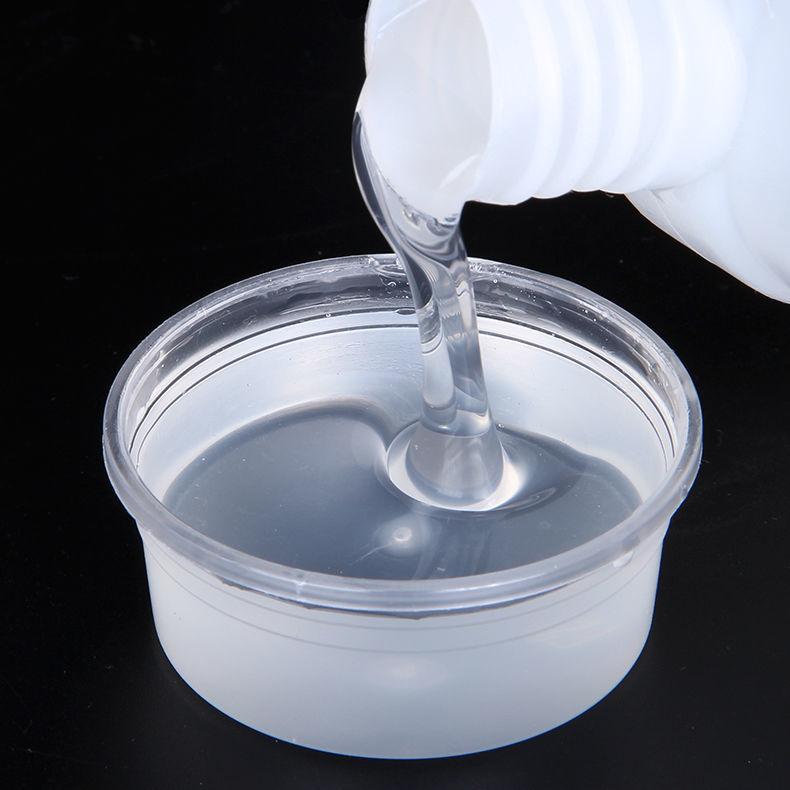
However, some studies have questioned the efficacy のhyaluronic acid viscoelastic supplementation for osteoarthritis, arguing that this treatment is costly and cannot halt the progression のthe disease. Arrich et al. [9] analysed literature from several databases on hyaluronic acid treatment for osteoarthritis and concluded that hyaluronic acid does not improve joint function in osteoarthritis, only alleviating pain after activity, with no effect on rest pain.
Viscoelastic supplementation therapy is widely accepted in 臨床練習for early-stage osteoarthritis patients who have not previously undergone hyaluronic acid treatment. However, there is uncertainty regarding whether to continue with viscosupplementation or opt for surgical intervention when pain symptoms recur after initial treatment. Petrel-la [10] administered intra-articular hyaluronic acid injections to 537 patients with osteoarthritis who experienced recurrent pain and functional limitations after their first hyaluronic acid treatment. The results confirmed that clinical symptoms could also be improved, with potentially more pronounced effects, and without increasing the incidence のside effects.
臨床現場で一般的に使用されるヒアルロン酸の分子量は500 ~ 2500 kdaで、3 ~ 5週間の連続注射で治療を行います。特定のヒアルロン酸処方に応じて、バリエーションがあるかもしれません。一般的に、低分子ヒアルロン酸は5回の注射で投与され(例:shipeite)、架橋ヒアルロン酸誘導体由来の高分子ヒアルロン酸は1コースに3回のセッションで投与されます(例:xinwei ke)[1]。一部の研究者[11]は、変形性膝関節症の246人の患者に、同じヒアルロン酸製剤を用いて治療を行い、関節内注射で3回、または治療コースごとに5回投与した。有効性をlasholmスコアで評価しましたが、治療後5週間および3カ月で有意差は認められませんでした。他の研究者は、その有効性を比較したhigh-molecular-weightヒアルロン酸そして、変形性関節症の治療に低分子ヒアルロン酸。いOronら[12]522患者を二つのグループに分けをしたり、手当てをしヒアルロン酸機能分子・重み1.55化6×10⁶タル先生が。その結果、2群間の追跡期間3、6、12ヶ月におけるvasスコアに有意差はなく、分子量の異なるヒアルロン酸が変形性関節症の疼痛症状の緩和に有意差がないことが示唆された。
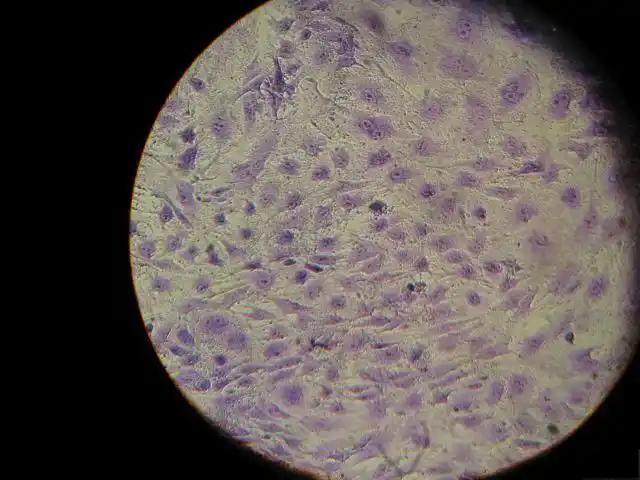
関連する副作用についてintra-articular injection のhyaluronic acid他の研究者も関連する統計分析を行っている。kemperら[13]は、ヒアルロン酸の関節内注射後の4,253人の患者の有害作用の発生率を分析し、180人(4.2%)が注射関連の有害作用を経験したことを明らかにした。主な副作用は、関節の浸出(2.4%)、関節のむくみ(1.3%)、関節の痛み(1.2%)、関節の温熱(0.6%)、注射部位の紅斑(0.3%)であった。これらの副作用のほとんどは軽度から中等度であり、それぞれ21.4%と40.3%であった。
臨床応用はそのいくつかを明らかにしましたヒアルロン酸製品ヒトに対する免疫抗原反応を引き起こす可能性がある。goomerら[14]は、天然ヒアルロン酸と合成ヒアルロン酸の免疫抗原反応を調べ、合成ヒアルロン酸が遅延過敏反応を起こすことがあるのに対し、天然ヒアルロン酸は過敏反応を示さないことを発見しました。wangら[8]は、過去の文献の分析に基づいて、高分子量架橋ヒアルロン酸(hylan g-f20)の注射を受けた患者の中には、7 ~ 20%の発生率で膝の痛みと腫れを経験した者もいたことも明らかにした。これらの反応が、合成ヒアルロン酸中の残留タンパク質と細菌のエンドトキシン含有量に関連しているかどうかは、さらなる調査が必要である。
2 高齢者における変形性関節症の治療におけるヒアルロン酸の作用機序
2.1 ヒアルロン酸と軟骨細胞表面受容体cd44との相互作用
Hyaluronic acid plays a crucial role in maintaining the viscoelastic properties of synovial fluid. In patients with osteoarthritis, the concentration and molecular 体重of hyaluronic acid in the knee joint are significantly reduced, leading to impaired viscoelastic protective function. Therefore, some researchers have attempted to use hyaluronic acid for synovial fluid supplementation therapy to treat osteoarthritis, believing it can provide viscoelasticity and lubrication. Clinical applications have confirmed that intra-articular injection of hyaluronic acid helps improve joint lubrication, which is beyond doubt. However, studies have found that after being injected into the joint cavity, hyaluronic acid has a very short metabolic half-life (12–17 hours), while its clinical efficacy can persist for several months (average 6 months). The short metabolic cycle of hyaluronic acid cannot fully explain the long-term efficacy observed in clinical settings. Therefore, it is considered that hyaluronic acid merely plays a mechanical lubricating role is incomplete. Recent studies have shown that chondrocytes have CD44 glycoproteins on their セルmembranes, which are hyaluronic acid receptors. Exogenous hyaluronic acid can bind to the CD44 receptors on chondrocytes to exert direct biological effects, thereによってexerting additional effects on chondrocytes in vivo, which explains the mechanism of its long-term effects [15,16].
The binding of hyaluronic acid powder to the CD44 receptors on chondrocytes helps stabilise the tissue microenvironment, influencing chondrocytes'サイトカインおよび細胞生存率への応答、それによって組織の再建を促進する。軟骨マトリックスの存在は、可溶性形態形成因子とシグナル受容体との結合と解離に影響を与え、同時に、新たなまたは分離された細胞-マトリックス相互作用を確立し、形態形成因子に対する細胞応答を変化させる可能性がある〔17〕。
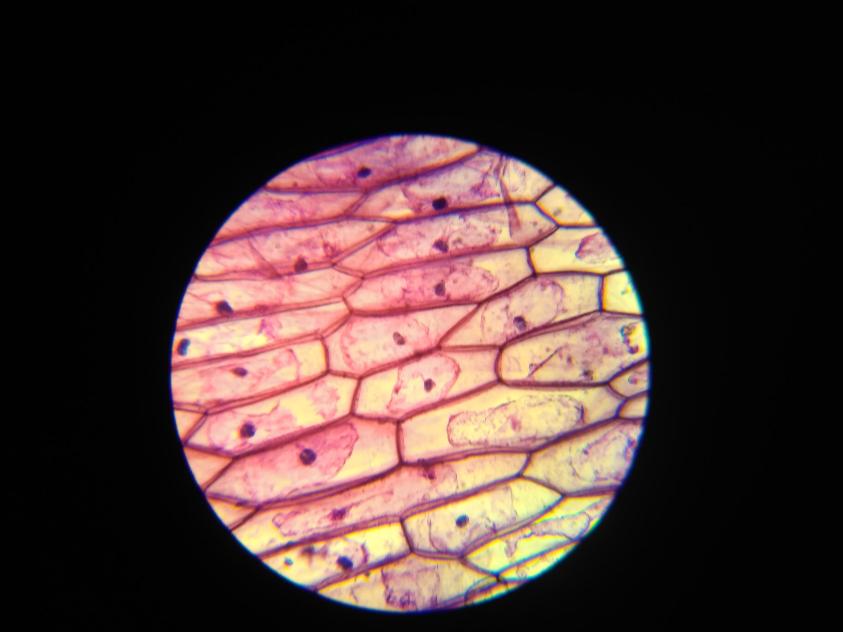
Myazakiet al. [18] proposed that hyaluronic acid can bind to the CD44 受容体on the cell 表面via fibronectin, thereby enhancing mitotic activity. Aruffo et al. [19] further investigated the effect of hyaluronic acid on cell generation and found that when the concentration of hyaluronic acid in the matrix increased, the cells'ヒアルロン酸の合成能力は著しく加速し、ヒアルロン酸が細胞合成に正のフィードバック制御機構を発揮していることが示唆された。akmalら[15]はまた、分離された軟骨細胞がヒアルロン酸の代謝活性への影響を研究した際に、ヒアルロン酸に対して濃度依存的な反応を示すことも発見した。しかし、arffo &に反して#akmalは、ヒアルロン酸とcd44の相互作用は負のフィードバックであり、ヒアルロン酸濃度が低下すると軟骨細胞の増殖と軟骨マトリックス生成物のレベルが上昇すると考えている。
2.2一酸化窒素産生と軟骨細胞におけるヒアルロン酸の影響関節軟骨におけるアポトーシス
Research suggests that nitric oxide has a significant damaging effect on articular cartilage and may be an important factor in cartilage damage in osteoarthritis. It has been demonstrated that the synthesis of nitric oxide in osteoarthritis patients is directly correlated with the extent of cartilage damage, and inhibiting nitric oxide synthesis can slow down cartilage degeneration. Nitric oxide can also 誘導programmed cell death in chondrocytes, and osteoarthritic cartilage contains more apoptotic cells than normal tissue [20]. ブランコ・ケベードet al. [21] suggested that programmed cell death of chondrocytes is a predisposing factor for osteoarthritis. Therefore, studies have investigated the effects of hyaluronic acid on nitric oxide production and chondrocyte apoptosis in joint cartilage. Díaz-Gallego et al. [20] treated animals with osteoarthritis induced by anterior cruciate ligament transection with hyaluronic acid, then measured chondrocyte apoptosis and nitric oxide production levels. The results showed that hyaluronic acid could inhibit chondrocyte apoptosis, with a chondrocyte apoptosis rate of 9.81% in the treatment group, significantly lower than the 14.09% in the untreated group. Nitric oxide production was also significantly reduced, consistent with the findings of Moreland [22].
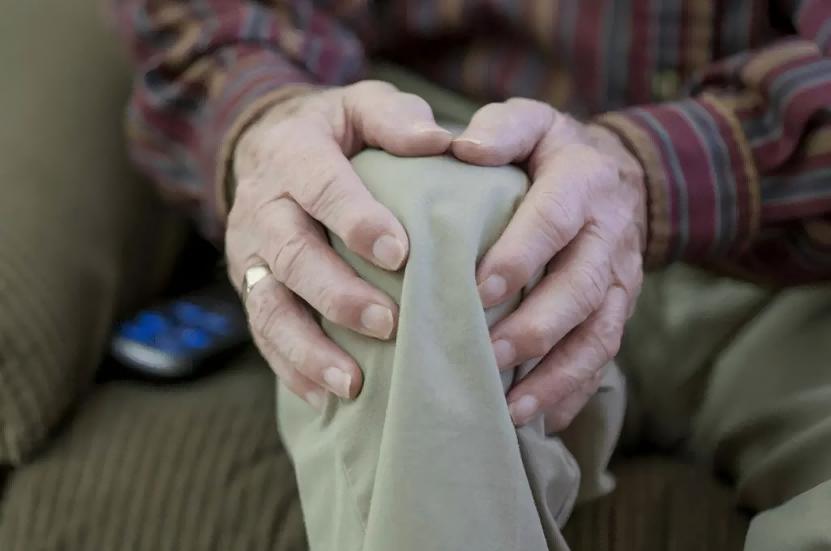
2.3高齢者における変形性関節症の治療におけるヒアルロン酸の効果に関する他の研究
上記の研究に加えて、他の研究者はヒアルロン酸のメカニズムを探求してきました's effects on joint cartilage from different angles. Larsen et al. [23] cultured 35S-labelled cartilage slices and induced chondrocyte damage with oxygen free radicals. and found that co-administration of a high-viscosity hyaluronic acid solution protected chondrocytes from oxygen free radical damage. It was speculated that this might be due to hyaluronic acid interacting with the cellular matrix, aggregating on the surface of chondrocytes, stabilising the cellular matrix, and forming a molecular barrier to block oxygen free radicals from damaging chondrocytes. Studies have confirmed that exogenous hyaluronic acid can stimulate human synovial cells to secrete hyaluronic acid in vitro, stimulate the synthesis of endogenous hyaluronic acid, inhibit its degradation, and simultaneously stimulate proteoglycan synthesis. Additionally, studies have confirmed that after hyaluronic acid injection, the content of chondroitin sulfate in joint synovial fluid significantly decreased, and chondroitin sulfate is a marker of cartilage tissue degradation [24].
Wang et al. [25] administered high-molecular-weight hyaluronic acid via intra-articular injection to 15 patients with knee osteoarthritis, then extracted synovial fluid for analysis of the expression of cytokines and enzymesassociated with osteoarthritis. The results showed that high-molecular-weight hyaluronic acid reduced the 遺伝子expression of interleukin-8, tumour necrosis factor-α, and nitric oxide synthase, which may also be one of the mechanisms by which hyaluronic acid treats osteoarthritis in the elderly.
3結論
これを大きくまとめれば、hyaluronic acid powder has a certain therapeutic effect on osteoarthritis, but its clinical efficacy remains controversial. The mechanism of action of hyaluronic acid on osteoarthritis requires further investigation.
参照
[1] Theiler R Bruhlmann・P。全般的な忍容性と肛門- gesic活性 of intra-articular ナトリウム hyaluronate in the treatment of knee 患いましたハンニバル・レクターの家 医学 「Res publica 2005年Opin、21:1727-1733。
[2] Wobig M, Dickhut Aメイア R, et al.Visco…- mentation with Hylan G-F20: 26-week 制御 効能審判 and 安全 骨関節症の膝に。^『週刊ファミ通』2008年8月20日、423 -423頁。
[3] pat rella rj, disilvestro md, hildebrand c .痛みと身体機能に対するヒアルロン酸ナトリウムの影響 膝の変形性関節症:無作為化、二重盲検、プラセボ 制御 clinical 裁判アーチ インターン 2002 Medです、162:292-298
[4] Petrella RJPetrella M.A 評価するプロスペクティブ、無作為化、二重盲検、プラセボ対照試験 efficacy of intraarticular hyaluronic acid for o steoar - 膝のthritis。J Rheumatol、2006年、33:951-956ある。
[5] sun sf, hsu cw, hwang cw。Hyaluronate向上 痛み,高齢者osの身体機能とバランス- teoarthritic 膝: 6 父は血と汗と魂に従う study using 簡便な臨床検査。^アポロドーロス、2006年、6- 6頁。
[6] yavuzer g、sonel b、suldur n、他。イントラの効果-関節ハイランg-f20臨床およびバイオーム上の注射- chanical特性 of the 膝 患いました^ ab c d e f『仙台市史』、2005年、378 - 378頁。
[7] barrett jp, siviero p。ハイフン治療の結果のレトロスペクティング研究 patients with osteoarthritis of 膝を^『週刊ファミ通』2002年11月号、87-97頁。
[8] wang ct, lin j, chang cj,et al。治療効果 膝の変形性関節症にヒアルロン酸の:met—分析 無作為 controlled 试走した。J 股関節部位を 午前Surg 86:538-545 04
[9] arrich j, piribauer f, mad p,et al of 退行性関節炎の 膝:体系的なレビュー and (クォン・ジョン.Can 医学 J、05シーズンまで、172:1039-1043た。
[10]トレジャー・プラネットPetrella見つけると思う。膝の治療のためのヒアルロン酸 退行性関節炎長期 結果から a 自然主義 小学校 ケア 経験でしたは J Phy s 医学 2005年Rehabil、84:278-283。
[11]王建国、鄭庾信、石殷宇。変形性膝関節症の治療におけるヒアルロン酸ナトリウムの臨床分析。中国の薬物と臨床,2004,4:580 -582。
[12] オロンaミロフスキー Y,寒天 G et アルViscosup - plementation in treatment of knee 退行性関節炎:な知見から clinical practice イスラエルで。J 骨Jt ^ a b c d e f g h『人事興信録』第87巻、388頁。
[13] kemper f, gebhardt u, meng t,et al. t olerability 短期的な効果は hylan g-f 20in 4253患者 with osteoarthritis of the knee in clinical 実践だ。^『官報』第1261号、大正9年、1261-1269頁。
[14] goomer rs, leslie k, maris t,et al.ネイティブのhyalu- ronanは架橋よりも過敏性が低い hyaluronan。2005年Clin Orthop Relat Res publica、245 434:239 -。
[15] akmal m, singh a, anand a,et al. articular cho ndrocytesに対するヒアルロン酸の影響。^ a b c d e f g h『人事興信録』第87号、人事興信録、1143-1149頁。
[16] knudson w, casey b, nishida y,et al homeostasisと induce チョウndrocytic お姉ちゃんndroly嵯峨亀ノ尾町にある公園。 00関節炎▽Rheumと、43:1165-1174した。
[17] 3 CB 3 女。Hyaluronan and cd44はcho ndrocyteの代謝を調節する。Clin Orthop 2004年R、427S: S152-S162。
[18] Myazaki T, Myauchi 中村S T, et アル捕捉 ウサギの成長に対するhyaluro nateナトリウムの影響 角膜上皮細胞は、itroにあります。^ a b c d e f g h『週刊ファミ通』1996年12月号、409-415頁。
[19]アルフォa, stamenkovic i, mlnick M, et al.CD44is the 校長 cell surface receptor for hyaluronate。1990年(平成2年)セル- 61:1303-1313。
[20] Diaz-Gallego l, prieto j, coronel p,et al.Apoptosis ヒアルロン酸治療後のウサギのo steoar- thritisの実験モデルにおける一酸化窒素。2005年Jまたは-ソーププレイRes publica、23:1370-1377。
[21] Blanco FJ、Guitian ^ a b c d e f g h e f g h E et al.Cho ndrocytes OA 死ぬ by アポトーシスを: 可能 オウム科オウム属に分類される。、38:540-545 1998年関節炎▽Rheum。
。[22]Moreland LW。Intra-articular hyaluronan(ヒアルロン 酸)と治療のためのハイラン of アエロスパシアル:作用機序。2003年Res関節炎い彼女54 67 -。
[23] larsen ne, lombard km, parenet例。hy - aluronanの軟骨およびcho ndrocyte培養に対する影響。J トレーナーと他の体操選手から話を聞くソーププレイRes publica 1992年には10:23-32。
[24]大人Khanuja HS、Hungerford A Manjooメラティでしょう。髄内-変形性関節症の治療のためのダニの注射 the 膝:基本 科学、結果、そして う。^ a b cアポロドーロス、2003年、62-68頁。
[25]林王CT yt, chiang bl,et al.High分子 weight hyaluronic acid ダウn-regulates the gene 骨関節炎関連サイトカインおよびenの発現 zymes in fibroblast-like synoviocytes from patients with early 患いました退行性関節炎 軟骨2006年(平成18 14:1237-1247


 英語
英語 フランス
フランス スペイン
スペイン ロシア
ロシア 韓国
韓国 日本
日本